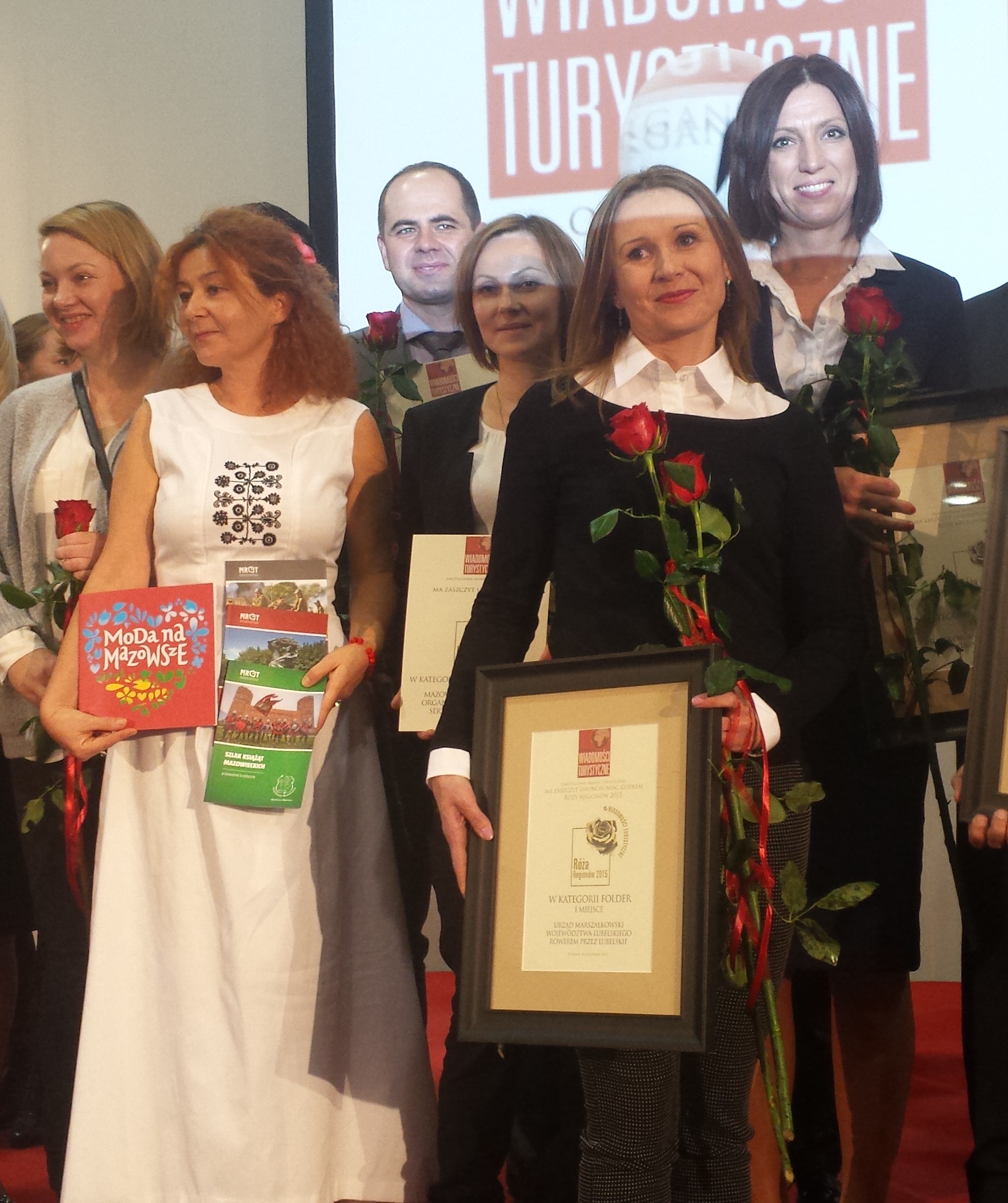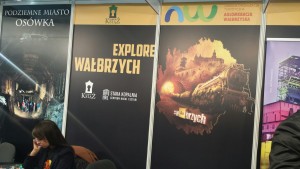A visit to the Polish Tour Salon tourist fairs in Poznan last week brought home the message that Poland is finally competing at the highest level for tourists from the domestic market and for incoming tourists, by producing sophisticated, well-researched and well-written material. A senior industry specialist we spoke to demonstrated she understood that translation quality is paramount but admitted that limited budgets can lead to materials being rejected or badly received by tourist offices.
Lacrosse was there to see the best examples of projects and we were not disappointed. The visit included taking in the Tour Salon awards for the best regional tourist publications of the year organized by Wiadomosci Turystyczne. We were delighted by the news that the project Lacrosse co-operated on, namely, The Mazowian Tourist Routes series by MROT, covering the “Chopin Route”, The “Mazowian Knights’ Route” and the “Miracle on the Vistula Route” about the 1920 Battle that halted the advance of Soviet Russia westwards, received a commendation from the organisers. Lacrosse is proud to have translated the three routes about the region, which includes the capital, Warsaw, into English, Russian and German. The award was collected by Anna Somorowska and Renata Konewecka from MROT*.
A stroll round the stalls at the conference showed that Carpe Diem is a worthy motto in the tourism industry. Most notably, in Wałbrzych, a Lower-Silesian town associated in the minds of many Varsovians for decades as a post industrial black spot (what do they know?J), is currently claiming its position as the place to go this year. The Castle at Książ has always been a must-see for visitors, but the W(Au)brzych campaign, is a beautifully thought out way to exploit interest in Wałbrzych’s latest claim to fame, as the home of the famous not quite discovered “Gold Train” and the underground city planned by the Nazis as a hideout, Project Riese. Foreigners are normally stumped by how to pronounce the “ł” in Polish and the “Au” chemical name for gold is a great approximation and a nifty association of the coal-mining city with yellow stuff rather than just black stuff.
Cycling is becoming immensely popular in Poland, as demonstrated by the “Green Velo” Route, which had an impressive stand at the fair, promoting this ambitious project consisting of a cycling route along the eastern side of Poland. Appreciating that the title seems to reach out simultaneously to the French kings of the crossbar and to ecologically-minded English speakers it’s better than “Zielony Rower” as a hashtag.
The German regions of Saxony and Hessen were also exhibiting. The glossiness of the Saxon publications was a fitting frame to the intricate Baroque architecture of Dresden and Leipzig and the region’s Hanzel & Gretel towns, with the representative, Martina Zellmer, a native of Dresden dressed in 18th Century regional costume, speaking excellent Polish and English. It’s clear that communicating with tourists was a key concern and Mrs Zellmer said the number of tourists from Poland to the region was growing by the year. The Hessen region team were encouraging Polish travelers to Frankfurt or those driving through Germany to stop and visit their numerous sights on the way. The Hessen Lander had an office in Poznan promoting its tourism and trade, a common model for German regions, who take Polish business seriously. Kamila Schmidt, who was in charge of marketing, is a certified German translator and they had materials in several languages. The idea of Scotland being supported in Poland by its own promotion office is a still only a dream, as one office in Dusseldorf of Scottish Trade International covers the whole region of Europe. Britain was represented by a booth with a couple of posters and adverts for language courses, none of it in Polish… Great though Britain is purported to be in the blurb, it came across as a mouse rather than a lion. Maybe the UK with its strong brand and global draw doesn’t need to try that hard compared to the likes of Germany? True, but every other day I come accross affluent Poles who say they have never been in Scotland but would love to go and we aren’t doing enough to encourage them.
*Mazowiecka Regionalna Organizacja Turystyczna
text by David Kennedy, photos by Lawrence Fahrenholz

